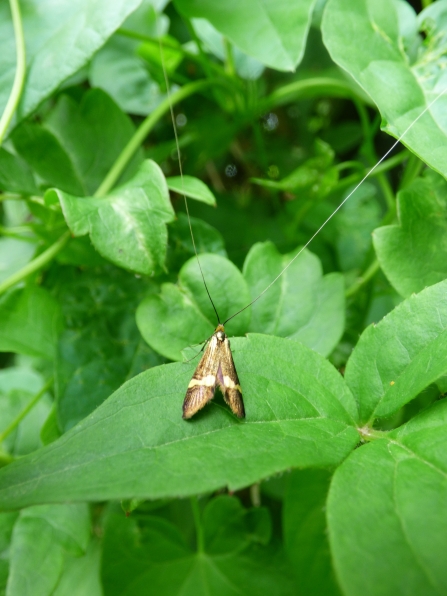June is a great time to abandon any lingering thoughts that gardens should be neat and tidy places. Embrace the joyous wildness of it all, and as well as starting to pick any fruit and veg you have grown, spend June’s 30 Days Wild discovering nature in your garden. The warm weather, the flowers and the dense, rampant vegetation (it’s certainly rampant around here in East Cornwall, anyway) bring out an abundance of new birds, new minibeasts, and the occasional larger animal too.
This week I have been doing some wildlife investigating, not only by day, but also in the dark with the help of my ‘hedgehog cam’. By looking closely whenever I notice a buzz, a wiggle or a whirr, I have found some creatures I certainly didn’t know were there. Exploring the detail of life in a garden is a great thing to do if you are avoiding crowding into workplaces, classrooms, shops or potentially busy tourist destinations at the moment. Better still, if you are wildlife watching very close to home, either in your own garden or along your nearest undisturbed verge or hedge, you can go indoors again if there’s a downpour on its way.


